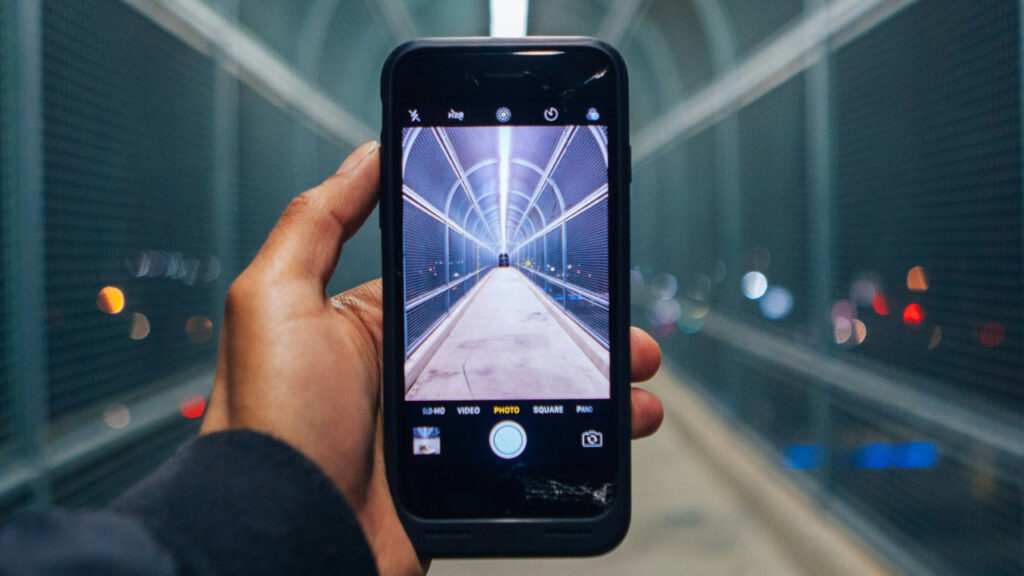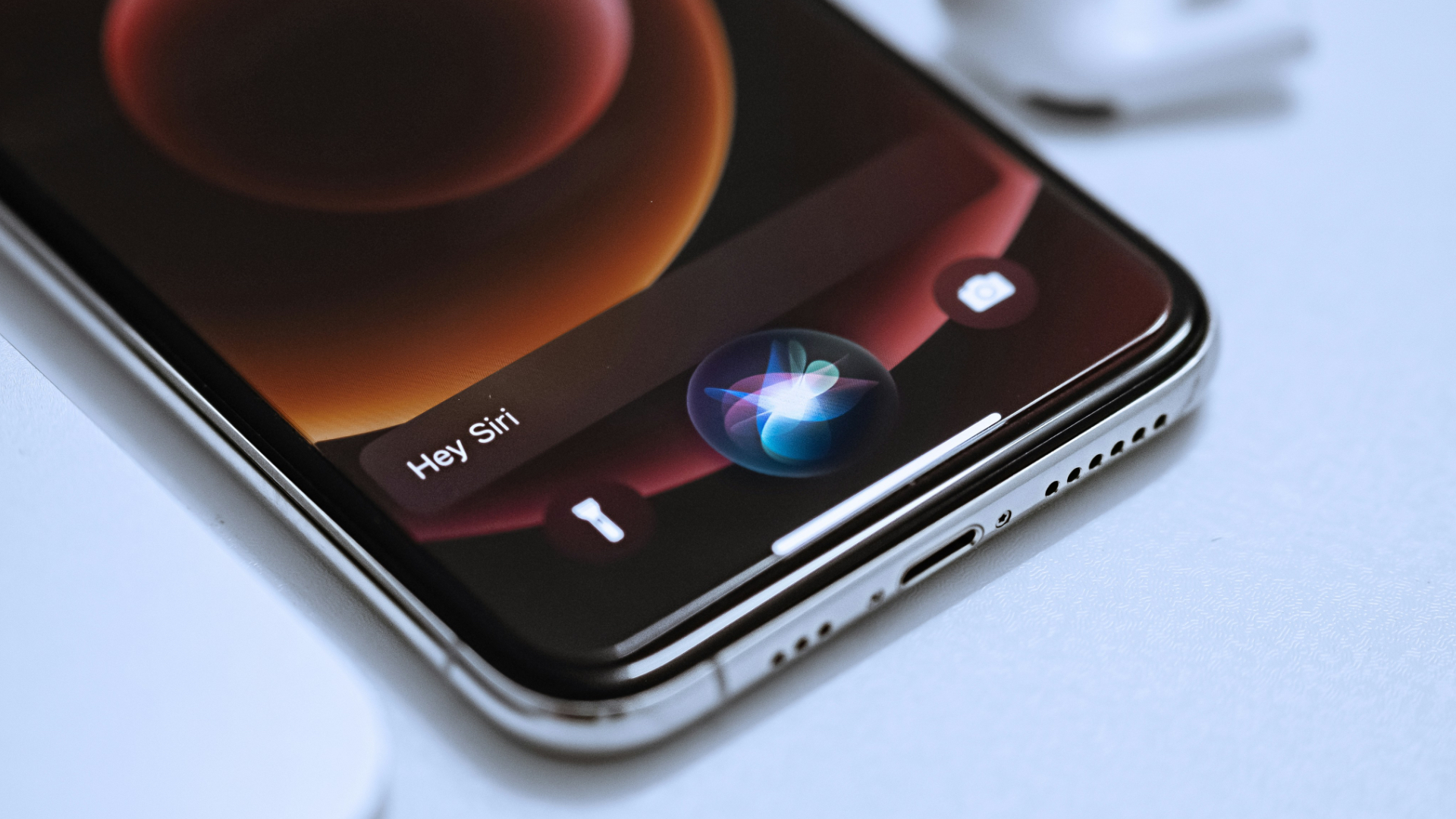Smartphones have become indispensable tools in our everyday lives, serving as our primary means of communication, entertainment, work, and more. With the constant cycle of new releases and flashy marketing campaigns from brands like Apple, Samsung, and Google, the temptation to upgrade to the latest model can be overwhelming. But how often should you really upgrade your smartphone, and is it always worth the cost?
This guide will help you assess whether it’s time to upgrade your smartphone or if your current device can keep serving your needs a little longer. Let’s dive into the key factors that should influence your decision.
The Innovation Plateau: Is the Latest Model Really That Different?

Photo by Omar Prestwich on Unsplash
One of the primary reasons people feel the urge to upgrade is the allure of new features and technological advancements. But the truth is, the pace of true innovation in smartphones has slowed down. Many of the new releases in recent years are more iterative than revolutionary.
For instance, according to tech reviewer Robert Triggs, who tests dozens of phones annually, the iPhone 15 feels remarkably similar to the iPhone 13 and 14. The same can be said for the recent flagship Galaxy S devices from Samsung. While there are subtle improvements—like better camera systems or minor design tweaks—most smartphones released today are not drastically different from their predecessors. In many cases, consumers are paying a premium for features they may not even use, such as marginal camera enhancements or a slightly faster processor.
The question then becomes: Is this marginal improvement worth the $1,000 or more it may cost you to upgrade?
The Case for Iteration Over Innovation

Photo by Persnickety Prints on Unsplash
Even if hardware changes are minimal, there are exceptions where a new device brings something genuinely fresh. For example, Google’s introduction of its in-house Tensor chip with the Pixel 6 was a major step in improving the phone’s performance and camera capabilities. However, even this innovation hasn’t necessarily translated into the need for an immediate upgrade for the average user. As tech writer Ryan Haines points out, even three generations later, Google’s latest Pixel phones feel more like refinements than essential leaps forward.
Foldable phones—once considered groundbreaking—have also settled into a cycle of minor improvements. Whether it’s Samsung’s Galaxy Z Fold or Motorola’s Razr, their fundamental designs haven’t evolved drastically in recent years.
The Practical Signs It’s Time to Upgrade

Photo by Bermix Studio on Unsplash
While the allure of new features is strong, the most compelling reason to upgrade is when your current phone no longer meets your needs. Here are the practical signs that you might need a new smartphone:
Dwindling Battery Life
If your phone’s battery is no longer lasting through the day and requires constant charging, it may be time for a replacement. After two to three years, most batteries start to degrade, and while some users might opt to replace the battery, this isn’t always the most practical or cost-effective solution.
Cracked Screen or Physical Damage
While a cracked screen doesn’t necessarily mean your phone is unusable, it can impact functionality, such as responsiveness to touch, and increase the risk of water damage. If repairing the screen or other hardware components costs more than half the price of a new phone, an upgrade is a better investment.
Outdated Software and Security Patches
Once a manufacturer stops supporting your device with software updates and security patches, your phone becomes vulnerable to cyber threats. This is a major reason to upgrade, especially for users who handle sensitive information on their phones, such as banking or work-related tasks.
Fortunately, both Apple and Google have extended their support timelines. Apple offers up to eight years of software updates, and Google’s Pixel 8 series is supported through 2030. If your current phone still receives updates, you might be able to stretch its life for a while longer.
Performance Issues
Over time, your smartphone’s processor can start to lag, and apps may take longer to load or crash more frequently. This is especially true after two or three years of heavy use. If you find that your phone is significantly slowing down, it may be time to upgrade.
Storage Limitations
If you are constantly running out of storage for apps, photos, or videos and have already moved as much as possible to cloud storage, an upgrade could be in order. Newer phones tend to offer larger storage capacities, and even mid-range models now come with decent amounts of storage for everyday use.
Financial Considerations: Is It Worth the Cost?
Smartphones are expensive, and upgrading every year can be a costly habit. While some manufacturers offer trade-in programs to offset the cost, buying a new phone outright or financing a device can still make a dent in your budget. On average, a new flagship phone costs between $800 and $1,200.
If you finance your phone through your carrier, upgrading every year could mean you’re never really finished paying for it. This can lead to a cycle where you’re always locked into a payment plan, making it difficult to fully own your device. If financial considerations are important to you, it may be wise to wait for at least two or three years before upgrading to avoid constant payments.
When Should You Definitely Upgrade?

Photo by Kostiantyn Li on Unsplash
While delaying an upgrade is often a wise choice, there are clear scenarios where an upgrade is necessary:
In these cases, the cost of not upgrading—whether it’s in the form of security risks, lost productivity, or repair expenses—outweighs the cost of purchasing a new device.
Conclusion: To Upgrade Your Smartphone or Not?
Ultimately, the decision to upgrade your smartphone comes down to how well your current device meets your needs. If your phone is still functioning well, and you can manage without the latest features, there’s no need to rush into an upgrade. Most smartphones today can last anywhere from three to five years with proper care.
However, if your device is showing clear signs of aging—whether it’s performance issues, security vulnerabilities, or physical damage—it may be time to consider investing in a new one.
Remember, the best smartphone is the one that works for you, not necessarily the newest one on the market.







